When you are looking at an asset on your network, what is the most important thing to you? Is it knowing when it was installed, what technology is used within the asset or its upcoming maintenance costs? This is where connected asset data can be of assistance.
The big thing that is often overlooked is any connections and relationships between assets. What if you could view an asset, all of the important information and see all of the related and connected assets?
Using Rail BI, you can get a full understanding of not only the assets that you are maintaining. No longer do you need to look at different datasets to find what may be connected to other assets. Viewing your asset data in our Rail BI platform shows this without having to spend hours searching for it.
Visual Datasets For Connected Assets – Get The Complete Picture
Going one step further, you can use our maps to visualise your complete planning scenario on a fully interactive map. See where specific assets exist in different locations within the network and how they will change over time. This updates based on any planned work in that area.
By seeing how the network changes over time, you get the best idea of how your planned maintenance or new technology rollout will change assets.
Cost Estimations Without The Hassle
Once you have made the decision on what you are planning to do, create beautifully detailed cost estimation reports. Estimate direct (and indirect) costs for your full project and save them to reuse for similar projects in future. Alternatively, create a second scenario with different options to see which fit better with the work being completed in the wider area.
Use the same dataset between reports with our data warehouse and when your data changes for one report the second is automatically updated at the same time so you can be sure you are making accurate decisions on which scenario is the best for the work you are looking to complete.
Furthermore, by using our report builder you can create meaningful reports with only the information that you want (including tables, graphs, maps and much more) so your comparisons can be done without wading through a sea of unrequired information.
As rail networks continue to embrace digital technology, connected asset data is helping to make better decisions. By bringing together data from these connected assets into a single platform, rail operators can take a more data-driven approach to managing their assets.
Using business intelligence tools (such as our rail planning software platform) gives you the confidence to make better decisions, view asset and technology relationships in real time and enhance productivity and efficiency. We can help you get the best results and the correct information every time.
For more information about our product and to see how using business intelligence can significantly improve your planning, contact one of our team today.
